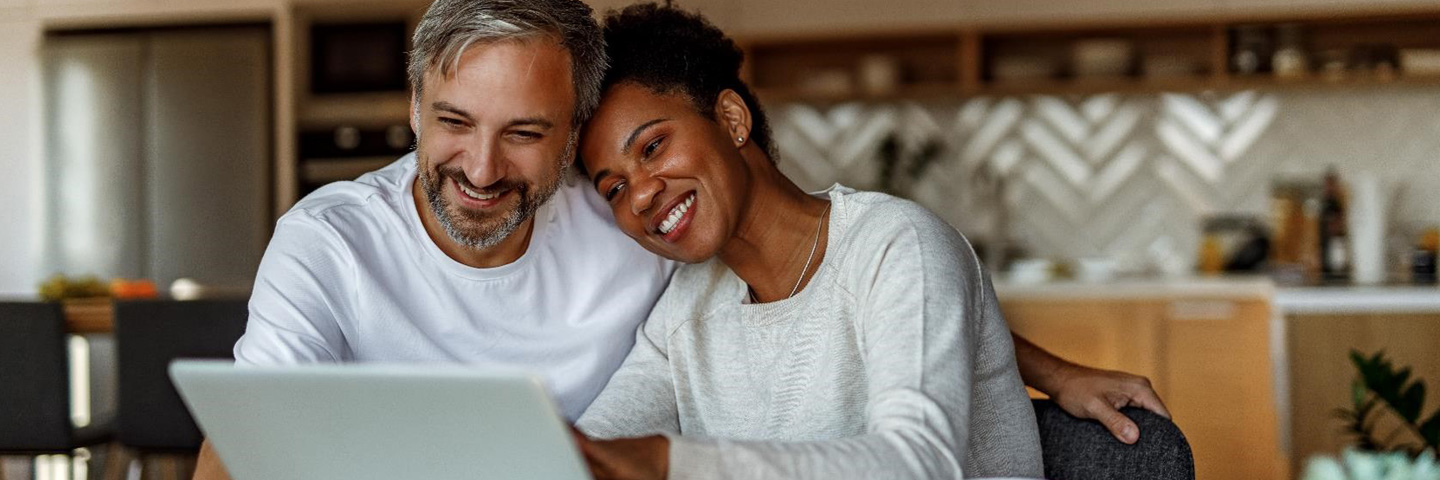The evolution of electronic health records
Electronic health records (EHR) first appeared in the 1960s as an administrative tool to improve scheduling and billing in hospitals. In the 1990s the first studies were published arguing that EHRs could help improve patient records and reduce medication errors. Despite these studies, adoption of EHR technology was slow. They were costly to implement and mostly seen as an administrative tool rather than a clinical one.
In the early 2000s, the federal government tied Medicare and Medicaid reimbursement levels to the adoption and meaningful use of certified EHR technology. In theory, widespread use of EHR technology could create one centralized place for a person’s health information. This would foster better communication between providers, reduce medication errors and improve health outcomes.
Unrealized potential
As the market for certified EHR technology grew, the number of companies competing to provide the technology grew as well. As a result, about 96% of hospitals today have adopted EHR technology.1 However, even within a single health system, considering inpatient and outpatient facilities and affiliated providers, there can be as many as 18 different EHR platforms in place.2 And, they don’t necessarily communicate with each other.
Given privacy requirements for protected health information, without concerted effort to create interoperable data, we have been stalled, unable to do more than glimpse at what could be.
We know what’s possible
At ActiveHealth, taking in huge amounts of member data and turning it into meaningful opportunities for health improvement is core to what we do. As technology has advanced, we’ve been able to become more sophisticated in terms of sources for data and how we distribute meaningful insights from that data. We realized the power of integrating health records and we wanted to be part of the solution. So, we turned to Epic.
Epic is one of the largest EHR networks in the country, currently housing records of more than 250 million patients. To better serve our members, we have integrated our clinical platforms with Epic to give us direct access to those records, as allowed by applicable privacy regulations. With additional consent from the member, we now can create a bi-directional exchange of data with health care providers. Our services are enhanced by the ability to assess changes to the member’s clinical information almost as soon as they happen. Insights are now available from the EHR that has never before been available – like medication reconciliation in primary care visits and encounter notes from urgent care. The possibilities are astounding.
Efficient, effective health care
This close-to-real-time data sharing directly in the EHR offers an unprecedented opportunity to impact clinical efficacy at the point of care. Health care in America is complicated, exacerbated by an aging population rapidly acquiring multiple chronic conditions and often seeing more than one health care provider. ActiveHealth can help collate health data from multiple sources and assess it for gaps in care and opportunities to improve health. Delivering these insights into an EHR makes it easy for providers to review them as part of the existing patient care experience.
Another step toward the future of health care
By taking advantage of technology already in daily use, ActiveHealth is taking the natural next step toward achieving our mission to help people live healthier lives. We were founded on the notion that the right data in the hands of providers can help people achieve better health outcomes. Now, we can deliver that data to providers right at the point of care when it has the best chance for impact.
1 Definitive Healthcare. 10 most common inpatient EHR systems by market share. Available here. Accessed August 31, 2022.
2 Healthcare IT News. Why EHR data interoperability is such a mess in 3 charts. Available here. Accessed August 31, 2022.










